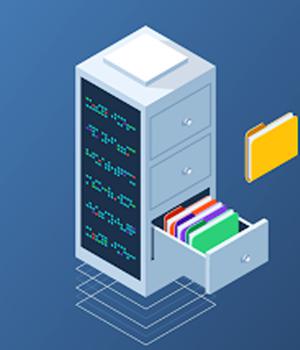Security News > 2021 > October > Why Database Patching Best Practice Just Doesn't Work and How to Fix It

In this article, we'll outline why database patching matters, explain what the problem is with patching databases, and point to a novel solution that takes the pain out of database patching.
There's a second reason why database patching gets neglected - patching a database can be incredibly hard, with conflicting and ambiguous instructions.
Therein lies a major issue with patching best practice, and database best practice in general: it's almost impossible to account for the infinite practical variations - from differences in database configuration to different levels of technical knowledge.
Even where teams have the technical knowledge and the practical certainty to make a success of database patching, there is still the reality that a database service must go offline for some time to perform the patching.
Let's take a clearer look at the benefits of live patching - compared to patching best practice as it stands.
Patching database services isn't new - best practice instructions have been around for some time.